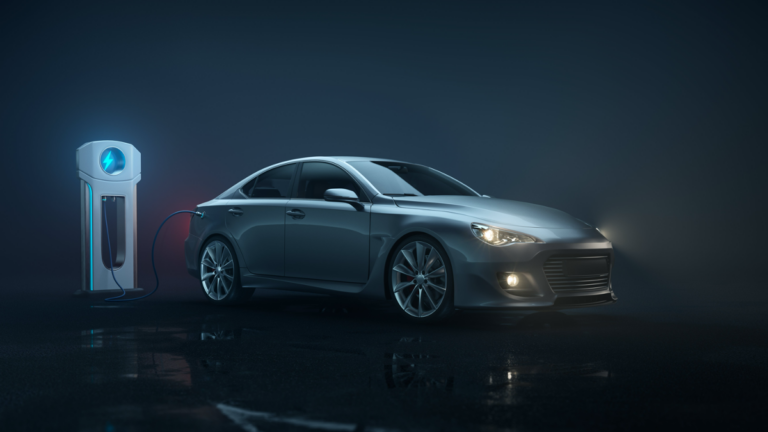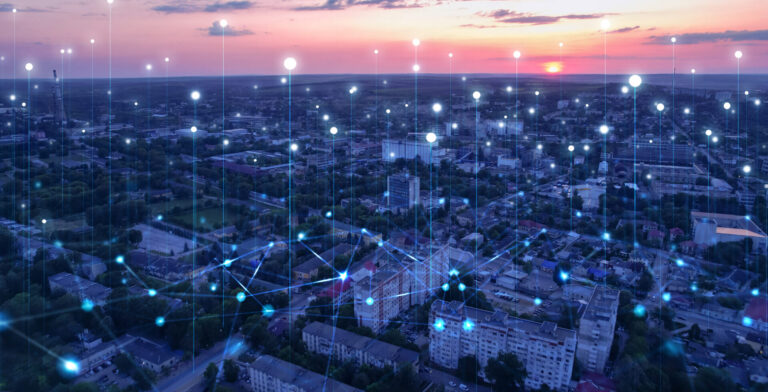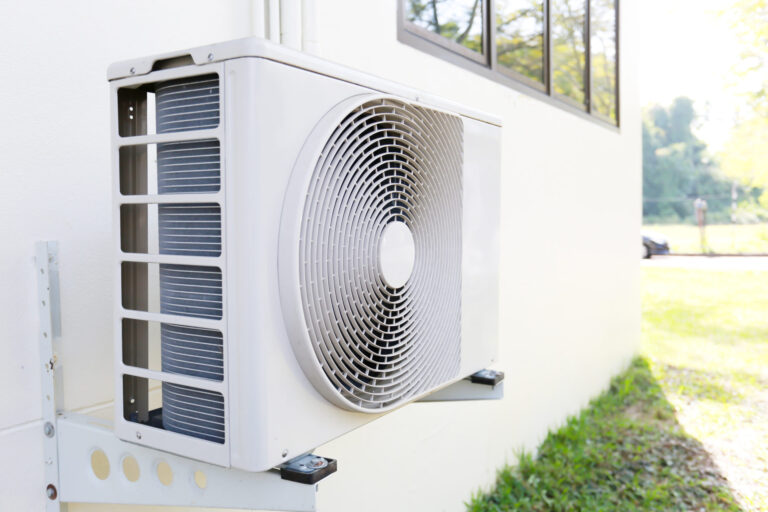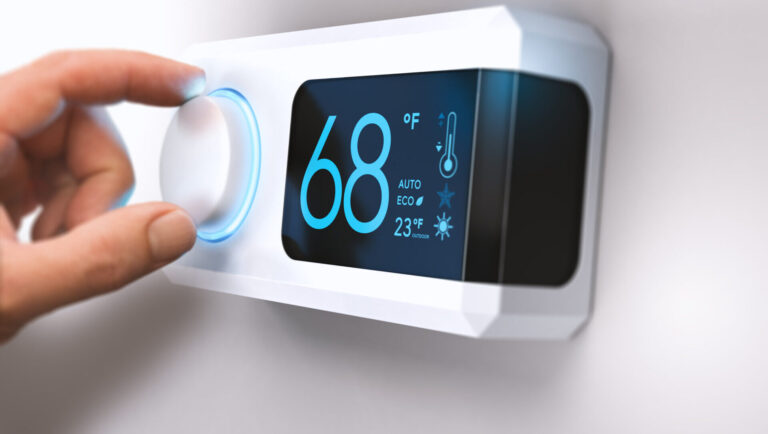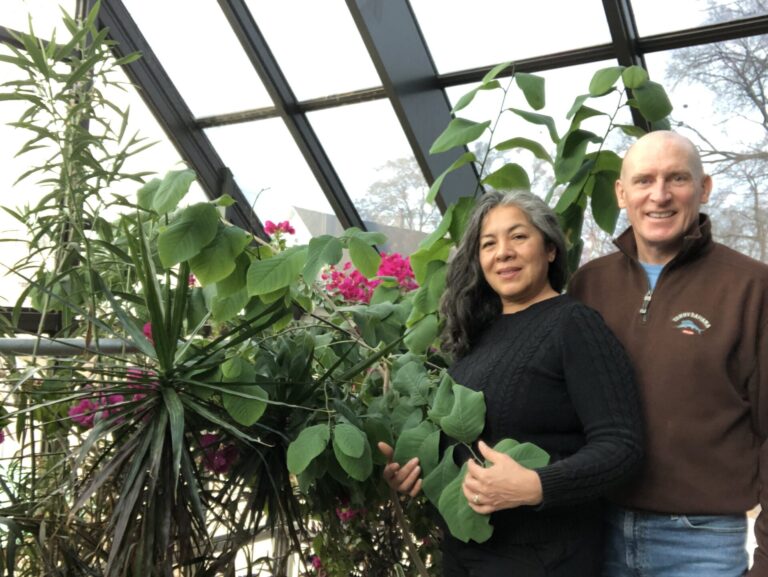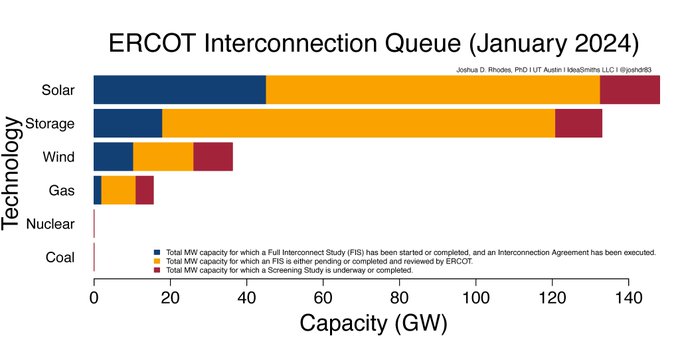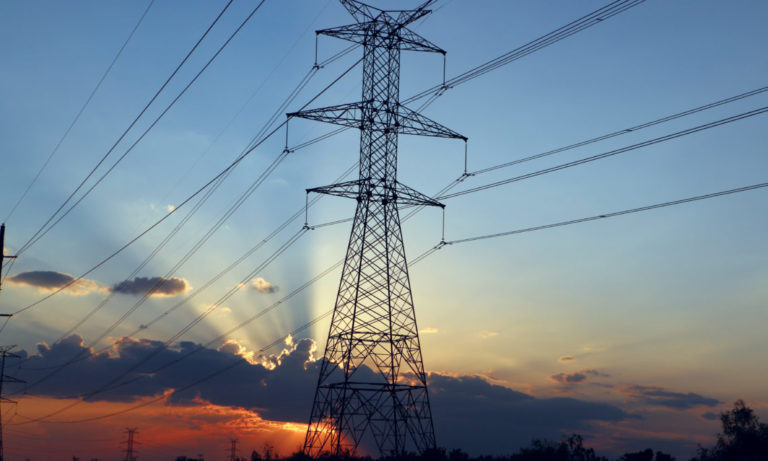January 7, 2025
This blog was written by Hannah Danaë Goodman of CAPA Strategies. Pecan Street works in Portland, Oregon, with CAPA Strategies, Community Energy Project and Reed College as part of our Energy Equity Research Network.
By Hannah Danaë Goodman, CAPA Strategies
No one likes to spend on their energy bill, but for many families across the country, utilities aren’t just an inconvenience but a huge financial burden. Across the U.S., 25% of households experience high energy burdens, meaning they spend more than 6% of their monthly income on energy costs. For families living paycheck to paycheck, high energy bills can be a serious source of stress that forces them to do burdensome mental math about cutting costs in other areas, finagling payment plans, or reaching out to family members for assistance.
Over the last 8 months, my colleagues and I conducted interviews with 35 families participating in Pecan Street’s energy equity research network in Portland, OR. Project partners include local non-profit Community Energy Project (CEP), Reed College, and CAPA Strategies. This project matches home energy use data gathered from participants’ circuit panels by Pecan Street with qualitative data about how participants use and think about energy.
Interviews explored the effects of an increasing frequency of extreme heat and cold events on homeowners’ decision-making surrounding energy. Most of the families we interviewed had received home energy upgrades from CEP, such as heat-pump installations, insulation, window sealing, and upgrades to hot water heaters. CEP gives out these types of upgrades to those with the most need as funding arises to help alleviate the energy burden on families.
Over the course of the interviews, I spoke with many amazing people who shared a broad range of experiences with extreme heat and cold, energy expenses, and conservation practices. Though this group expressed a variety of experiences to me, several interesting themes popped up repeatedly in our conversations.
One thing that surprised me was how homeowners were using their air conditioning and heating systems. Despite recommendations from energy providers that AC and heating systems should run consistently for maximum efficiency, over half the people I interviewed ran their systems only at certain times of the day. Many reported they couldn’t afford to keep their systems on all the time, even if it sometimes made them uncomfortable. One woman told me that when she first had her heat pump installed, she ran it all the time as instructed, but it made her bill too expensive, so she went back to running it in intervals. She explained that her house had poor insulation, so the heat pump wasn’t efficiently maintaining temperature.
Insulation repeatedly came up for interview participants as one of the most life-changing additions to their homes. Families who received insulation described the difference as “day and night” or “making a world of difference.” Several families said their energy bills dropped significantly after receiving insulation and they were able to keep their homes at a more comfortable temperature in both the summer and winter. Listening to people talk about how their lives improved with insulation or from any of the energy upgrades was incredible.
Another theme I was pleasantly surprised to hear was participants’ reasoning for conserving energy in their homes. Overall, only one person reported not taking steps to conserve energy and though, perhaps unsurprisingly, a large majority reported financial concern as a main reason for conserving, about two-thirds also said they conserved for environmental reasons. Participants told me they want to maintain a healthy Earth, make sure there is enough to go around and recognize that energy conservation is an intersectional equity issue. As a young person, it was heartening to hear so many people are aware of the strain energy consumption puts on the environment and want to do whatever they can to reduce it.
Though I have largely focused on some of the uplifting aspects of my interview conversations, I have to recognize the deep struggles our participants live with daily. Many people I talked to were elderly folks on fixed incomes. Others have chronic conditions that are worsened by extreme heat or cold, are working multiple jobs to make ends meet, or trying to raise children. Yet, they all have to take time out of their day to worry about energy bills. One woman told me she had to decide what was the lowest temperature she could set her heat at in the winter and still be safe. Another told me she would cut back on expenses for herself so she could keep the home warm enough to keep her kids safe. That’s not the kind of math most families have to think about.
Some participants reported that they are paying more today than they have in the past for energy bills, even after having received retrofits. This finding likely comes from people having more efficient appliances but not enough weatherization, like the woman who reported not having sufficient insulation, or because rising energy prices outpaced the cost-benefit of energy improvements.
Nonetheless, this is concerning. As the world changes and extreme temperatures increasingly require more homes to have heating and cooling systems, studies like these will help ensure not just that retrofits are equally distributed, but that people have access to affordable energy after the retrofits are completed.
Our study’s two goals address energy and equity. First, we hope to gain a better understanding of people’s lived experiences in order to inform the decision-making practices of non-profits, like CEP, that work on the ground with low-income communities. Second, with the household data collected through the eGauge sensors provided by Pecan Street, we intend to model the impact of increased AC usage on the energy grid so power companies can better prepare for increasing energy demands and reduce the risk of brownouts and blackouts during times of extreme heat or cold. Interviews for this study are set to be completed within the next several months and analysis of household energy data will begin by the end of December and extend through 2026.
As this project and others like it continue to engage in conversation about energy conservation and what individuals can do to reduce our consumption of fossil fuels, it is important to remember big-ticket items like driving an electric vehicle or having solar panels installed are not the only ways to lower consumption.
Well-insulated homes, efficient heating and cooling systems, and simply brainstorming places in our lives where we can limit consumption can not just reduce energy usage, but also save real money for people. Individual actions may not make a large impact on energy usage by themselves. But when everyone saves a little bit of energy every day, we collectively save a lot. And the extra money we keep in our pockets is a nice bonus as well.










